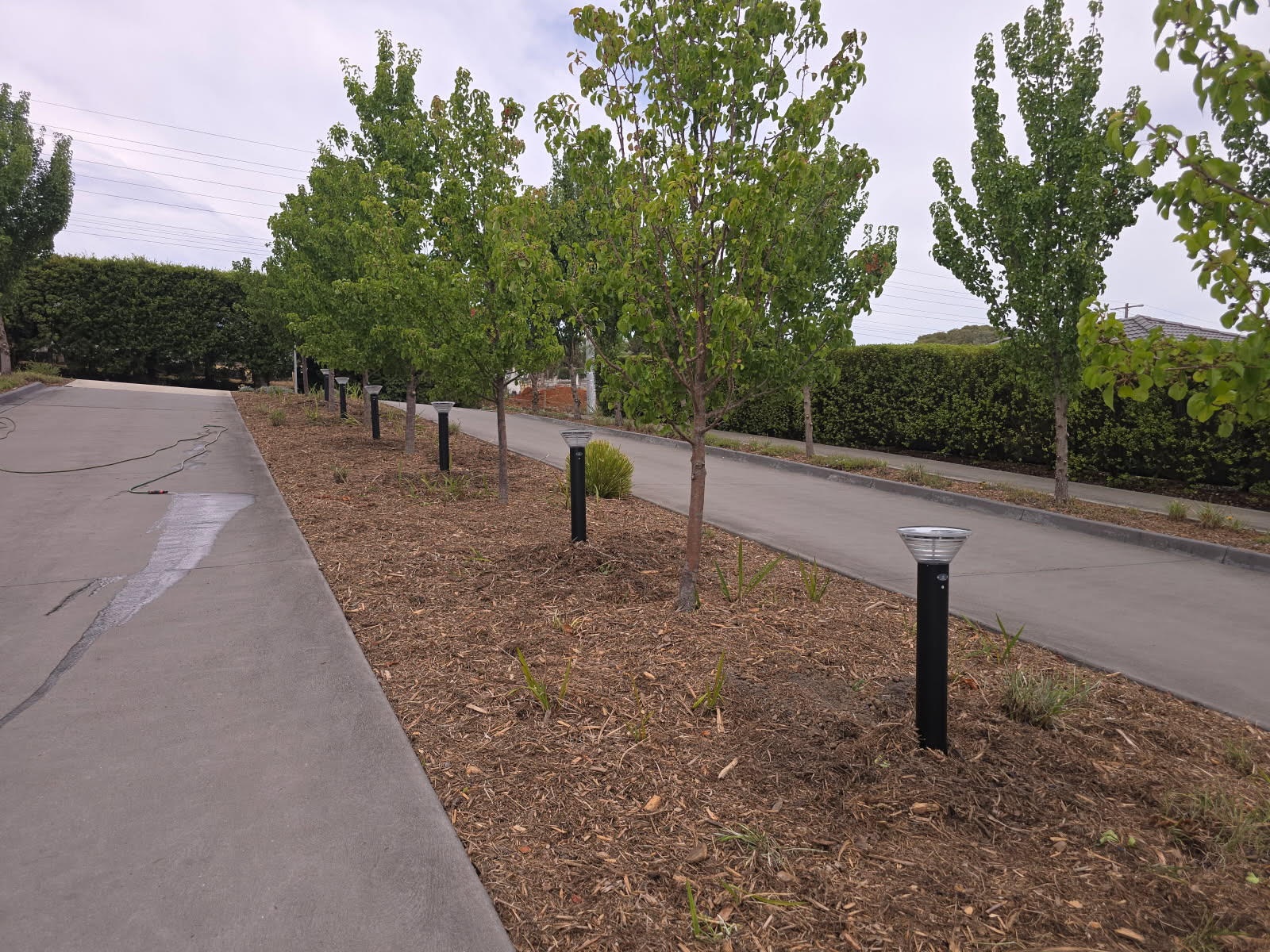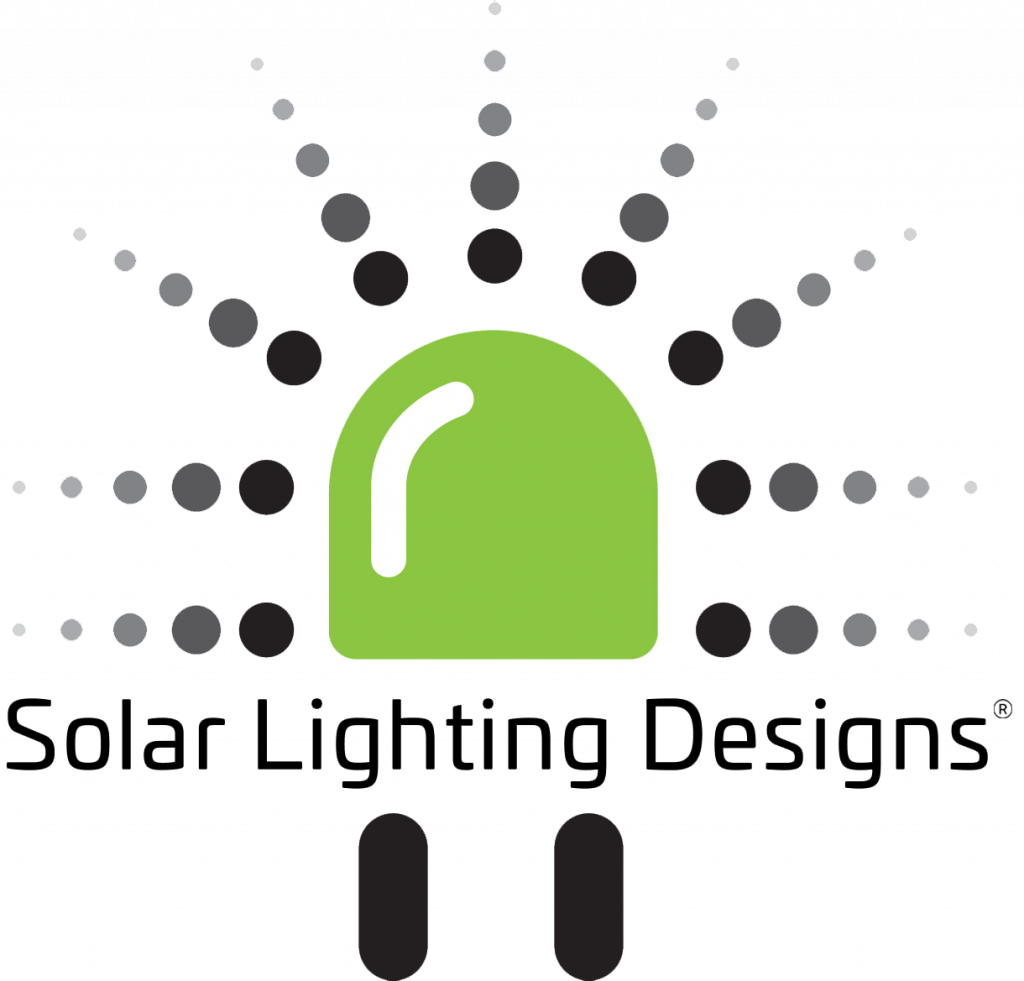
Common Mistakes to Avoid When Choosing Solar Lights
Solar lighting is a smart and sustainable solution for areas while
Solar lights and street lights have continued to confuse people with their similar names and functionalities. Not many people know that while both devices have similar offerings, they also have a wide variety of differences.
So, to better understand solar and street lights, let’s examine all their differences and highlight their significant features.
Without any further ado, let’s begin.
Solar-powered lights use modern technology bulbs to deliver brighter lights than traditional streetlights. As the sun is the power source of such lights, they are not disturbed by the power fluctuations of the conventional grid system.
Nevertheless, the usual street light systems rely upon the wiring. Hence, their light efficiency can be disturbed by multiple factors, including power fluctuations, power outages, weather conditions, etc.
In addition, the LED lights used in solar lights have a much higher working hours capacity, ranging from 80,000 to 90,000, depending on the quality. On the other hand, the working hours of traditional street lights range only between 10,000 and 15,000 hours, with a higher failure rate.
Solar lights might incur higher upfront costs as they comprise much more valuable parts than the usual lighting system. Nevertheless, they provide higher cost-efficiency in the long run, freeing you from worrying about paying the bills.
The street lights cost less upfront, but they have a constant billing mechanism that requires payment at the end of each month.
The street lights need a power source from a traditional grid system. They are attached to the system via wiring. Thus, you remain restricted to the rules and regulations for using electricity as determined by the municipal corporation in your area.
Solar flood lights make you self-sufficient and grant you the freedom to use lights at any time and any level without being obliged by the law. As they use the sun as a power source, you do not have to rely on the traditional grid system to maintain a constant electricity supply.
Traditional street lights need an extensive wiring system to be catered to and connected to the electrical grid. As it is a technical task, you need help to do it yourself, forcing you to hire a laborer and pay heavy fees.
In addition, the maintenance of such lamps is higher if you regularly have to check the wrong bulbs and other electrical components.
Solar lights are easy to install. They do not need wiring or connection to the grid, nor do they need labor. Instead, you can set up your lighting system by following the instructions on the box.
They are low maintenance as well because of the fewer components.
Solar bollard lights are highly reliable because of their independence from the grid system. They help ensure consistent illumination during power outages.
On the other hand, the reliability of street lights has remained a constant question mark because they can easily become affected by short circuits and suggest power outages.
If you are concerned about environmental sustainability, you might give traditional street light systems a miss. They rely upon fossil fuels to work, increasing their carbon footprint and greenhouse gas emissions.
Yet solar lights use the sun to generate energy, which is the biggest supplier of renewable energy. This is why such lights contribute to reducing pollution and the emission of harmful radiation.
The power supply of both street lights and solar lights is affected by different factors. The electrical supply of traditional street lights depends on the grid system. Hence, the electricity might be disrupted whenever a short circuit strikes or there is a problem with the grid.
Similarly, solar lights are highly dependent upon the sun to generate energy. The lights might stop functioning if the sun remains hidden under a cloud for a few days. The situation gets worse if you live in a humid climate where the sun is not exposed often.
Safety and security remain the top concerns for people with kids and pets. If you are one of those, traditional street lights might be a poor choice. Although they help to make your surroundings safe by illumining them, the light can disrupt it if the power is cut.
On the other hand, solar lights have a backup energy system that works fine when the sun sets. At the same time, they have multiple motion sensors that automatically turn on the light whenever a human being comes closest to the system.
Traditional street lights need wiring and grid connection to work. This makes them less flexible for remote areas with poor electrical systems. At the same time, once installed, the layout of these lights can not be changed.
However, solar lights offer greater flexibility. You can relocate them at any hour or adjust the angles of the solar panels according to the changing position of the sun. For inaccessible areas, such as tall poles and far places, you can use a remote controller to control the intensity of the lights.
The usual street lights have been observed to slowly advance with time as they require highly expensive tools to experiment with something new. Solar lights are at the forefront of technology nowadays.
An extensive range of advanced features, such as motion sensors, dusk-to-dawn sensors, and remote controls, have already been incorporated with such lights to enhance efficiency. In addition, multiple smart solar street lights are available that can adapt to changing environmental conditions and function accordingly.
On the bottom line, there are still many people who think solar lights and street lights are two different sides of the same coin. In reality, both offer a vast number of differences, as we have discussed above. So, before you make a choice, read the guide from start to end.

Solar lighting is a smart and sustainable solution for areas while

As sustainable solutions continue to gain popularity, many individuals and

Lighting the Path to Sustainability Outdoor lighting is an essential

Solar Lighting Designs
22 , 5 Rai Drive
Crestmead QLD
4132
Solar Lighting Designs
Unit 1, 14 Stennett Road
Ingleburn NSW
2565
Solar Lighting Designs
2A Norlin Street,
Kewdale WA,
6105
SLD acknowledges and pays respect to the past, present and emerging Traditional Custodians and Elders of this nation and the continuation of cultural, spiritual and educational practices of Aboriginal and Torres Strait Islander peoples .

Solar Lighting Designs
22 , 5 Rai Drive
Crestmead QLD
4132
Solar Lighting Designs
Unit 1, 14 Stennett Road
Ingleburn NSW
2565
Solar Lighting Designs
2A Norlin Street,
Kewdale WA,
6105
SLD acknowledges and pays respect to the past, present and emerging Traditional Custodians and Elders of this nation and the continuation of cultural, spiritual and educational practices of Aboriginal and Torres Strait Islander peoples .